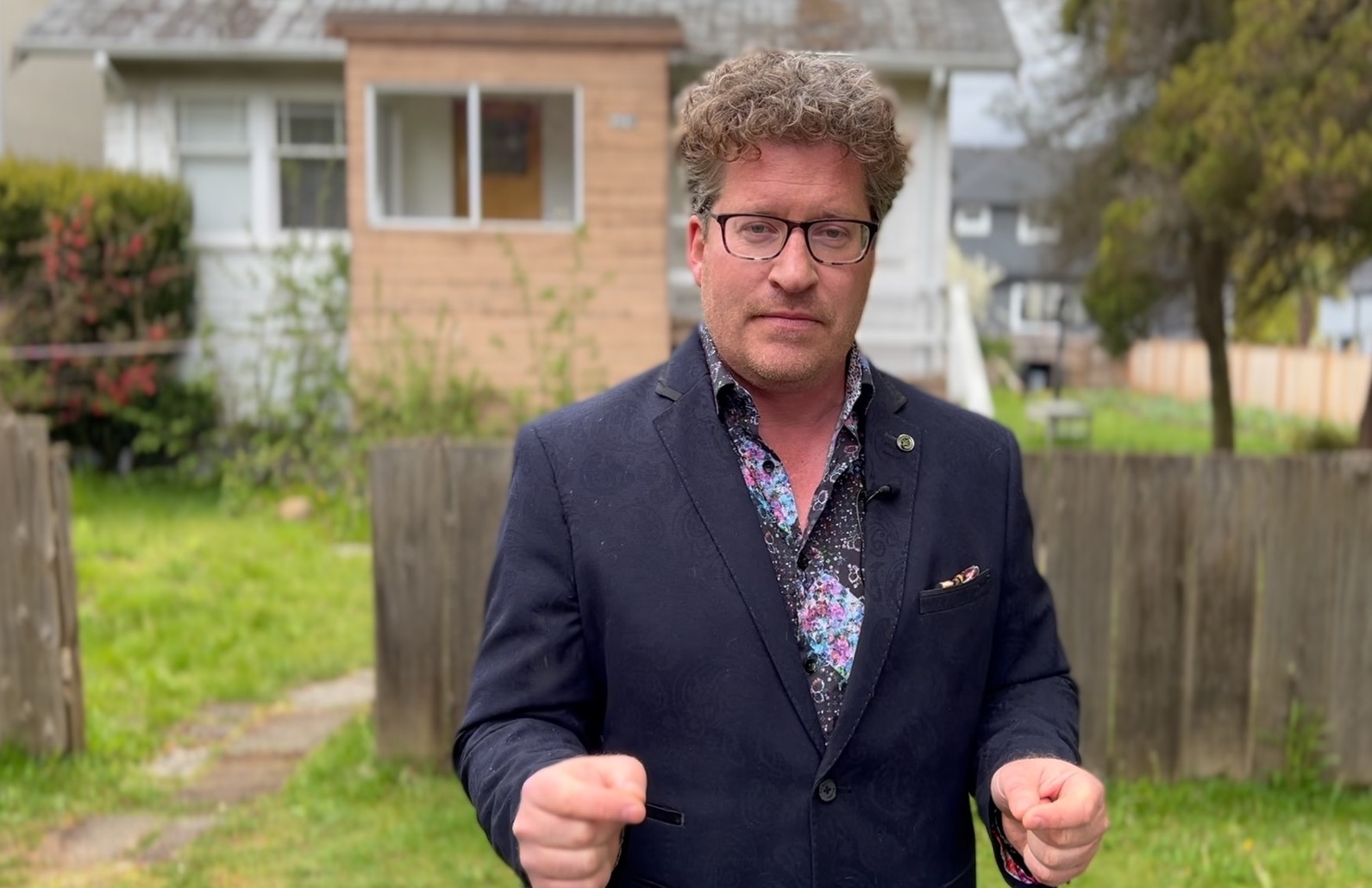For every $100 of new money allocated to young people in the Ford government’s Ontario budget plan, those over 65 are collecting $500, according to an analysis from advocacy group Generation Squeeze.
The mismatch comes in the form of a massive increase in medical spending — $7 billion more in annual costs by 2024-25 — that is roughly the same amount as new investments in child care, housing, education, post-secondary and social services combined.
For Ontarians under 45, the provincial budget has set aside a total of $70 billion. That includes not only money from the province's coffers but also nearly $7 billion in federal funding for child care that adds a boost to the education line item.
To exacerbate the generational divide, the relentless rise in house prices and relatively stagnant earnings provide older generations with more equity in their homes and make it harder for young people to afford accommodation.
“It's the hard work of young people making the ‘Bank of Mom and Dad’ richer, but we don't tell it that way,” said Paul Kershaw, the founder of Generation Squeeze and a professor at the University of British Columbia.
Kershaw says an intergenerational conversation is necessary, featuring hard truth conversations with seniors who feel they worked hard to provide for their children and grandchildren while “the world of politics that they simultaneously created didn't expect them to uphold a responsibility to organize our public services and our public revenue and our public spending accordingly.”
The spending the Ford government proposes as it heads into a summer election would leave the province with a deficit of $7.6 billion by 2024-25, almost identical to the $7.3-billion increase in medical care costs between now and then.

Apart from health-care spending on the first year of life, older people consume much more of that budget than others.
The average one- to four-year-old accounts for $1,871 of health-care spending per year in Ontario, according to the Canadian Institute for Health Information, while those 80 to 84 years old use around $15,000, 85- to 89-year-olds consume $22,000 and those over 90 use $26,000.
Economic vulnerability has meanwhile shifted more heavily onto younger people over time, he said. Kershaw said we have held on to a myth of the poor senior despite that group having the lowest rate of low income of any age group in the country, plus the most wealth and the most housing wealth.
“So we need to figure out how to use that wealth to help address the needs and the biological frailty of this generational cohort now,” he said. “Not simply assume their kids and grandchildren, who are disproportionately in the labour market, are going to pick up that tab.”
He says it takes 22 years of full-time work for the typical young Ontarian to save a 20 per cent down payment on an average-priced home today, which is six years more work than before the pandemic. It took five years in 1976.
While promising to spend heavily on new hospitals, highways and other priorities, the Ford government has kept assistance for students at a reduced level that equates to $1 billion less than was available in 2018-19, according to Kayla Weiler, the national executive representative at the Canadian Federal of Students - Ontario.
“Budgets are about priorities,” she said. “This budget sends a message once again that students are not a priority and that this government isn’t listening to students. We need strong public funding for the public services people rely on.”
Morgan Sharp / Local Journalism Initiative / Canada’s National Observer






Comments